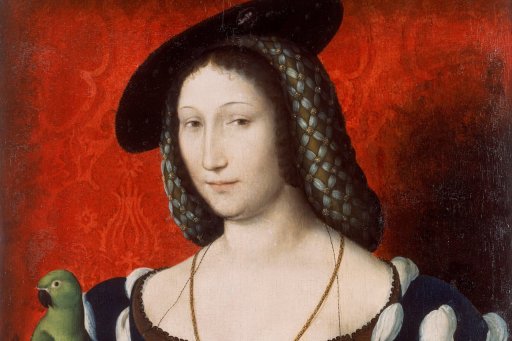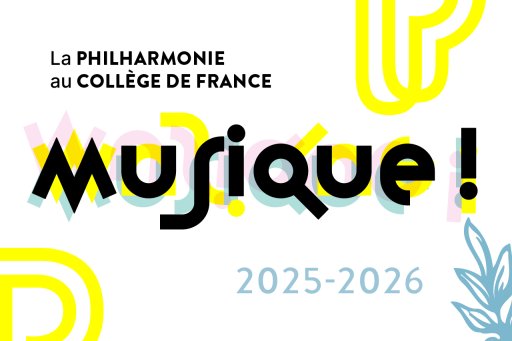september 28, 2020
Julien Auber de Lapierre, postdoctoral researcher, joins Prof. Jean-Luc Fournet's Written Culture in Late Antiquity and Byzantine Papyrology chair on October1 , as part of the partnership between the Bibliothèque nationale de France and the Collège de France.
The Bibliothèque nationale de France's collection of Greek, Coptic and Latin papyri, which dates back to the first decades of the 19thcentury and bears exceptional testimony to the written culture of post-pharaonic Egypt and the Greco-Roman world, is, along with that of the Musée du Louvre, the oldest collection in France and one of the oldest in Europe. Although the first acquisitions of manuscripts from Egypt date back to the 17th century, thanks to Nicolas-Claude Fabri de Peiresc and Jean Michel Vansleb, among others, it was not until the renewed interest in the Nile Valley with General Bonaparte's expedition (1798-1801) that the first papyri entered the collections of the Cabinet des médailles et antiques. Because of the age of this collection, which was enriched until 1981 (Georges Le Rider donation), its history is closely linked to the development of systematic studies of Antiquity and the rise of archaeology in the 19th and early 20thcenturies .
An in-depth study of the history of the papyrus collection at the Bibliothèque nationale de France, based on a systematic examination of the archives, will shed light on its role in the development of the sciences of antiquity from the 19th to the 21stcentury , as well as the role played by the Collège de France through the figure of Antoine-Jean Letronne (1787-1848), who, as the first to take an interest in this collection, was also the pioneer of papyrological studies in France.
The project will shed new light on the papyrus collection in the Manuscripts Department of the Bibliothèque nationale de France, placing it in the historical and intellectual context of its creation and the studies it has undergone: through it, the entire history of Egyptian archaeology, the formation of heritage collections, the art market and the development of archaeological and papyrological disciplines is at stake.










